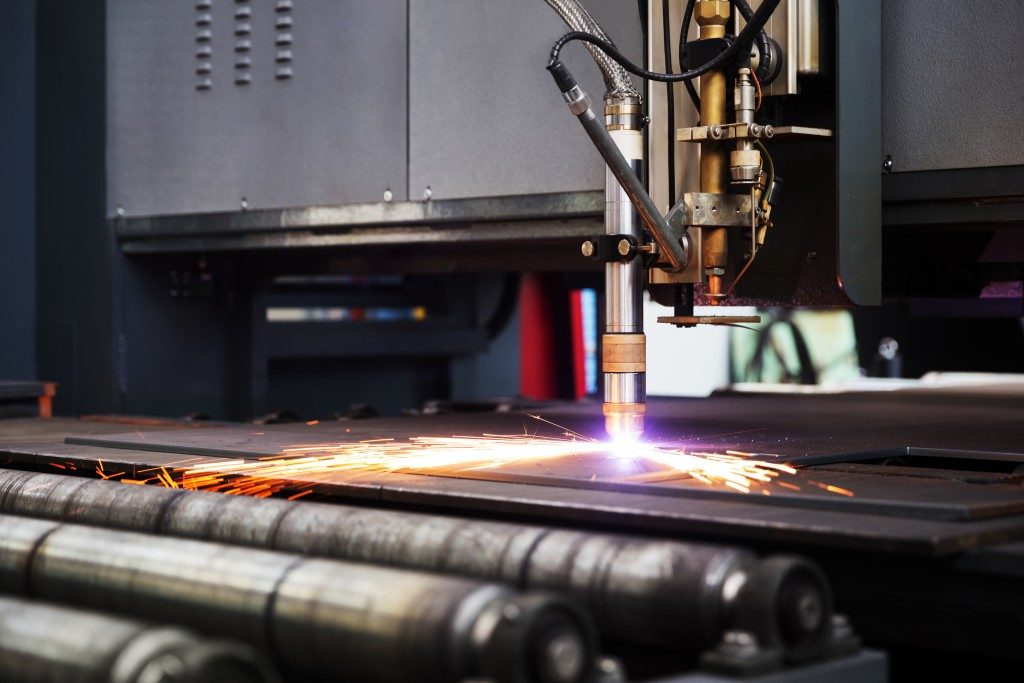Laser cutting is more than just a manufacturing process. This precise art requires a lot of skill and the right equipment. Many factors are crucial to getting the cut right—the environment around the workspace, the material being cut, and the settings of the equipment. For the best type of cut, a laser etcher needs to know the ins and outs of the process and the equipment.
One of the things that workers should keep in mind is the setting on the CO2 laser cutter since the methods available to you will vary based on the equipment and the setting. If you’re curious about the specifics of the different etching tools, read on for a brief overview.
Vaporization Cutting
For materials that don’t melt, such as wood, carbon, and some varieties of plastic, vaporization cutting is the preferred way to do it. A hole is heated to the appropriate temperature that causes the surrounding material to soften, and the laser cuts through these softened areas. This is important since these types of materials are often prone to splintering or shattering under extremely high temperatures unless otherwise directed.
Melt and Blow
For metals, the melt and blow method is preferred. A high-temperature gas is directed at the spot where the cut is supposed to be made, then either the force of the gas or an external gas source blows away the metal before it cools and settles. This guarantees a cleaner cut without having any blemishes.
Thermal Cracking
Finally, for brittle materials such as glass, it’s possible to take advantage of the cracking that heat puts upon the material in order to etch it. With a focused beam on the surface, thermal cracking creates microscopic shatters in the material, which can be guided to the desired outline.
Why Should This Matter?
 For both consumer and worker, it’s critical to know which methods can work with which material. This is to avoid the cost of a botched laser job—or worse, the complete ruination of the material. While it does fall on the laser cutter to know what type of equipment and method to use, it wouldn’t hurt for the customer to also do their due diligence in learning about the process.
For both consumer and worker, it’s critical to know which methods can work with which material. This is to avoid the cost of a botched laser job—or worse, the complete ruination of the material. While it does fall on the laser cutter to know what type of equipment and method to use, it wouldn’t hurt for the customer to also do their due diligence in learning about the process.
By doing this, both parties stand to benefit from the shared knowledge in order to execute a perfect product. This is also particularly useful in terms of procurement and material handling, as not all materials are as conducive to laser treatment, and it’s even advisable to avoid lasering some materials entirely.
However, it’s also important to keep in mind that these processes can change, as new materials and technologies are created. New materials are on the market (such as synthetic alloys and polymer materials) can change the landscape of how laser cutting works and can expand the options available for material handling and product manufacturing.
If you need any help with any application of laser cutting for commercial or industrial purposes, contact your nearest laser specialist today. They’ll have the necessary tools and expertise, so you can work with them in confidence.
